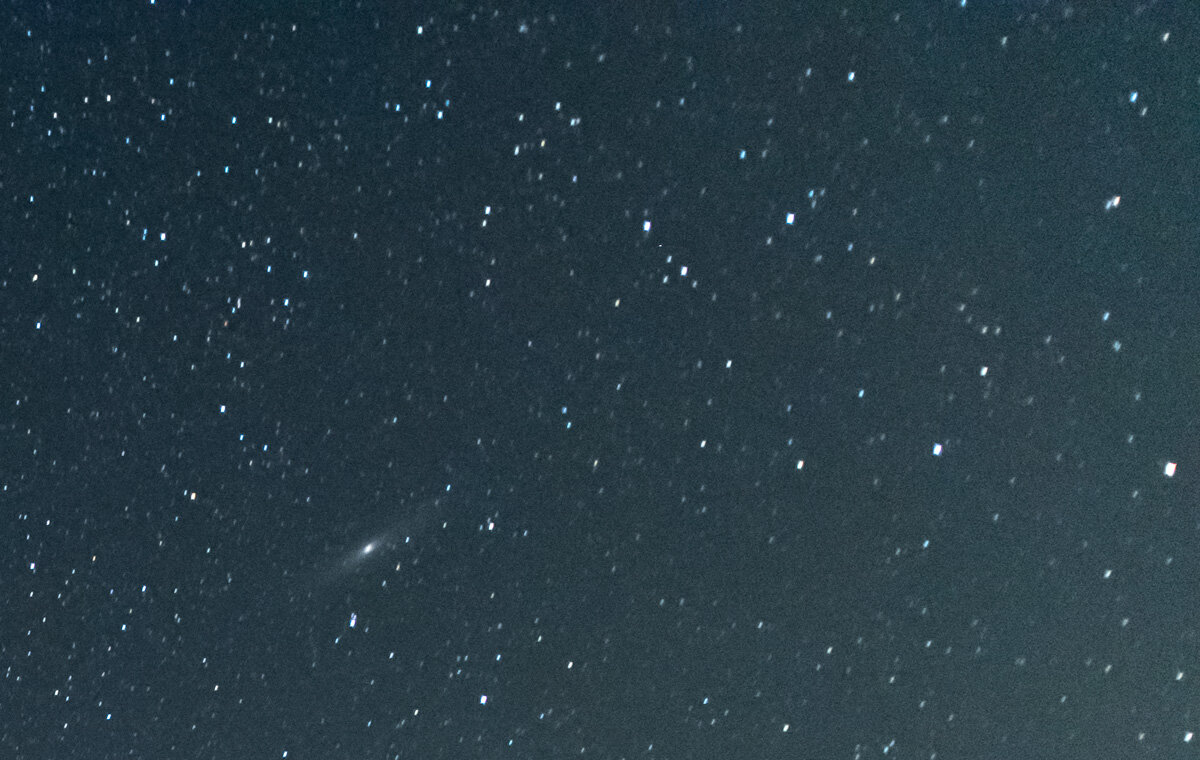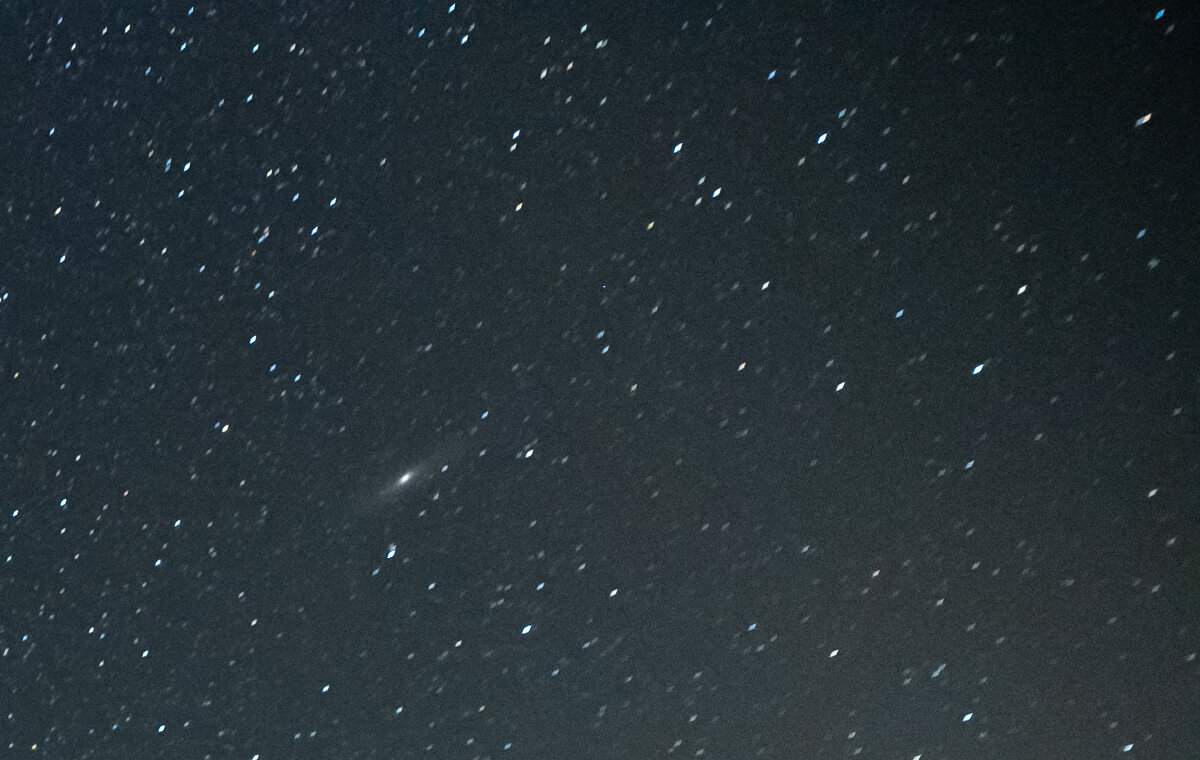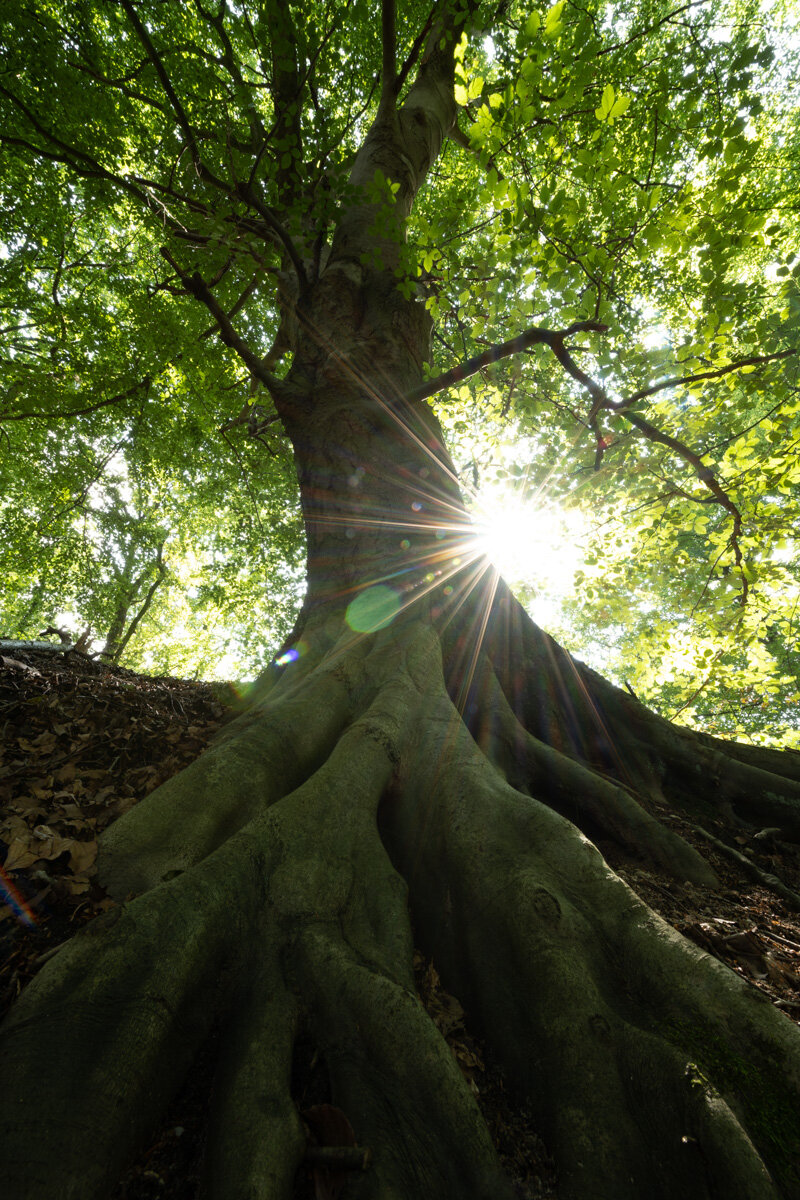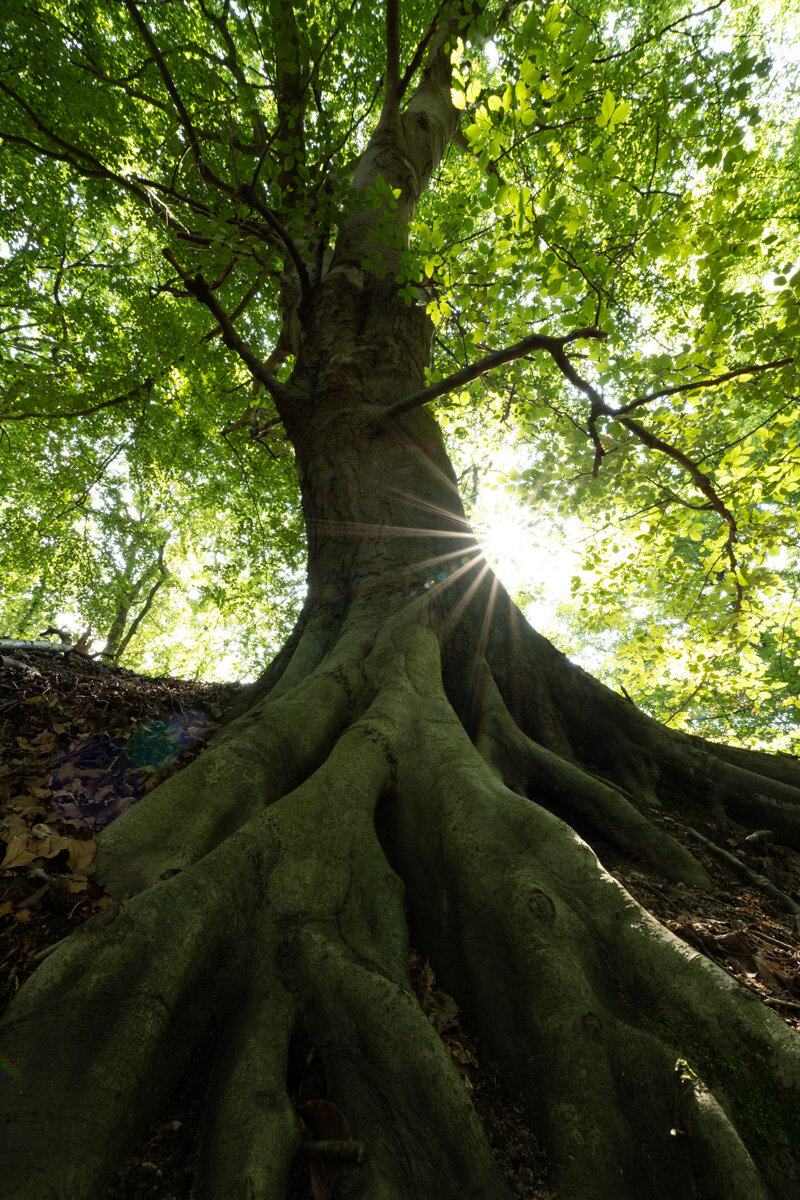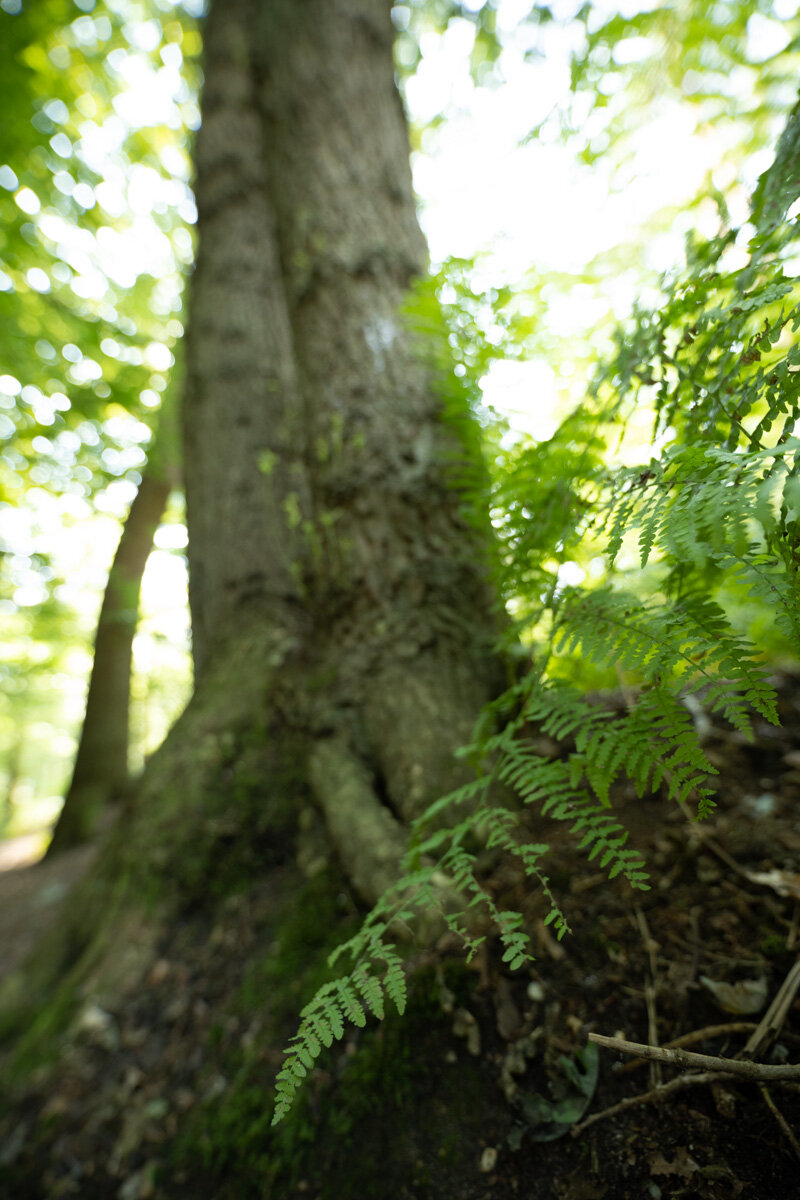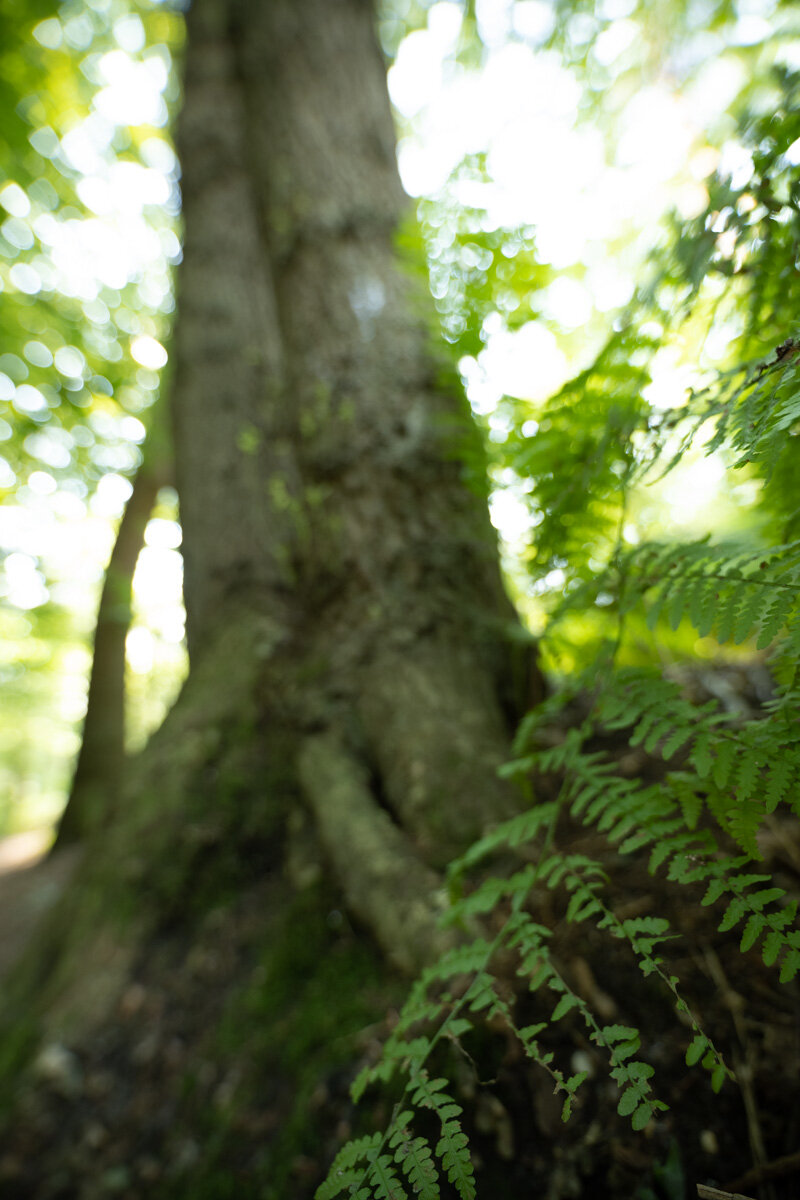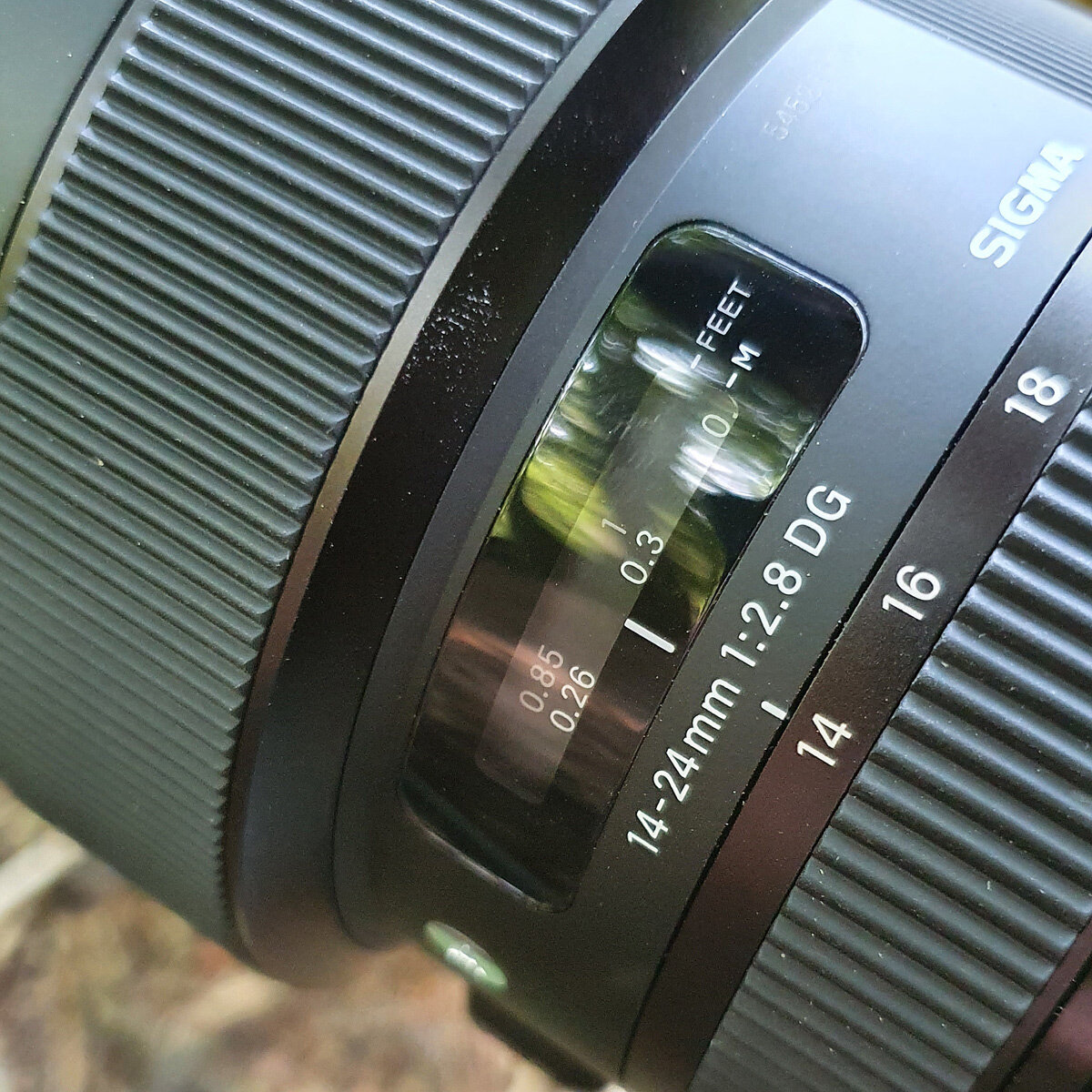Sigma 14-24 vs. Nikon 14-24 Comparison
The Nikon AF-S Nikkor 14-24mm f/2.8G ED used to be my favorite lens for landscape photography. It’s sharp, with not many lens aberrations often found at extreme focal lengths. I’ve used the Nikon 14-24 for close to 10 years, but when I switched to the 46 megapixel Nikon Z7, I started wondering if more modern lenses could potentially resolve more detail. And so I bought Sigma’s 14-24mm to compare the two. My decision to do so is entirely based on lab data that I found in extensive reviews linked below. But I had yet to find a real-world comparison between the two. The Nikon was first announced in 2007, while the Sigma is a relative newcomer with a 2018 release. What can we expect? Let’s pit these ultra-wide angle lenses together and see which one comes out on top in my own typical use cases.
Sigma 14-24 f/2.8 Art Review
This is not an extensive review of either ultra wide-angle lens. It is rather a comparison of real-world landscape photography images taken with both lenses. If you’re looking for MTF graphs or other lab tests on sharpness, coma and the sort, I would advise to check out the links below. They will take you directly to the proper lens reviews.
Woodland Lens Sharpness and Bokeh
So that’s it for the lab tests done elsewhere. Let’s get down to business. I’ve taken both lenses with me in the forest on a clear day. Fog is all well and beautiful, but not very useful if we are to judge a lens’ real world sharpness and quality of out-of-focus areas (bokeh).
To me, this comparison is too close to call. Due to tiny variations in focus distance it’s hard to judge either of them to be better than the other. I think I would prefer the Sigma’s bokeh at 14mm, but that’s because it can focus a bit closer (which we will cover later). I’ll trust the lab tests where the Sigma comes out on top too, although it’s impossible to accurately compare image sharpness between the two ultra wide-angle lenses in these situations.
Nightscapes and Astrophotography
One of the deciding factors for a particular wide-angle lens for me is the ability to reproduce point stars. Most lenses at these extreme focal lengths do not do well photographing stars due to their optical design. It must be assumed that correcting point light sources at the edge of the frame when shooting wide open is incredibly hard to do right. Having said that, Sigma’s 35mm f/1.4 Art is one of the best lenses out there to photograph the Milky Way due to it’s enormous clear aperture and ability to render stars as points, even in the extreme corners. Let’s see how the older Nikon fares against the modern Sigma 14-24 when we look at a crop at the top right of the frame.
Stars at 14mm | f/2.8 | 25s | ISO 800 - Lifted Shadows, Dehaze, Clarity and Exposure, Lens Correction at default, 30 points of Noise Reduction in Camera Raw.
I would have to give the edge to the Nikon here. The Sigma’s reproduction of stars renders them as streaks in the extreme corners rather than points, but the Sigma does offer less coma; a type of aberration that creates unsightly blobs of stars with streaks running through them. That is often remedied by stopping down, which at f/2.8 is not really an option for nightscape photography.
Sunstars
Next, I’ve tested how appealing the sunstars of either lens look. If you close the aperture more, a trade-off between less sharpness and more impressive sunstars will become noticeable.
Sunstars at 14mm | f/18 | 1.6s | ISO 64 - Unprocessed
The Nikon’s sunstars are warmer and more chaotic, while the Sigma’s are more defined but less pronounced. Don’t mind the smaller flares that surround the center of sunstar, as that is due to a dusty front element. There is however a distinct difference in the amount of flare, having the Sigma produce more contrast surrounding bright sources of light.
Focus Stacking
As I usually focus stack my images, I’ve wanted to illustrate the potential of both lenses here too. These are the only images that I’ve actually processed a bit. Just the raw conversion really, but I’ve emulated some of my signature effects that I accomplish using Photoshop at a later stage. Please note that these focus stacks have not been repaired. They’re automated stacks using Method B in Helicon Focus. Both have been bracketed using the Z7’s built-in Focus Shift feature at the same distance with the same settings.
Focus stacks of 7 images at 14mm | f/9 | 1/20s | ISO 400 - Processed in Camera Raw only.
Minimum Focus Distance
One of the reasons for choosing the Sigma 14-24mm to compare against the Nikon 14-24mm, is that the Sigma has the ability to focus at a shorter distance from the front element.
Sigma 14-24mm f/2.8 Art Minimum focus distance: 260mm/0.85 ft.
Nikon 14-24mm f/2.8G ED Minimum focus distance: 280mm/0.9 ft.
With the right technique and vision, that can lead to considerably larger foreground elements while they’re still in focus. In the below comparison, I’ll show two images taken with the Sigma. The one titled “Nikon distance” is taken at the exact distance to which to foreground fern is still in focus at f/2.8. I just swapped the lenses for a genuine comparison of how much larger the scene may look when you have the ability to move the lens closer to the foreground subject in a focus stacking scenario.
Minimum focus distance at 14mm | f/2.8 | 1/60s | ISO 400
It’s clear that the Sigma allows you to get closer to the foreground, which makes the whole scene appear larger with a bigger visual contrast between fore- and background elements of a given scene. The potential for mountain landscapes is really promising with the Sigma here.
Here we have the Sigma 14-24 at the Nikon’s minimum focus distance. Take a look at how much leeway we still have here. It’s might only be 2 centimeters, but the potential to get closer to your foreground subject at this distance is significant. This will allow you to produce larger foreground elements.
Conclusion
This “battle of the 14-24’s” proves again that the perfect lens does not exist. The Sigma is the heavier of the two at 2.53 lb / 1150 g. The Nikon weighs just 150 grams less at 2.21 lb / 1000 g. The Sigma does fare better against bright light with higher contrast, less hard to correct/clone flare and more pronounced sunstars than the Nikon. But at night, I would want to take the Nikon with me rather than this particular Sigma Art because of the quality of the stars in the corners. Lab tests show that the Nikon shows its age, as the Sigma is sharper in every way, but in a real world situation of landscape photography, I doubt that will be noticeable, even when mounted on modern ~50 megapixel cameras.
By the way, if you’re looking to get either of these two lenses, I’d appreciate it if you get it through these affiliate links from Amazon. A small percentage then goes to me to help me plant trees - The lens will not become more expensive!










